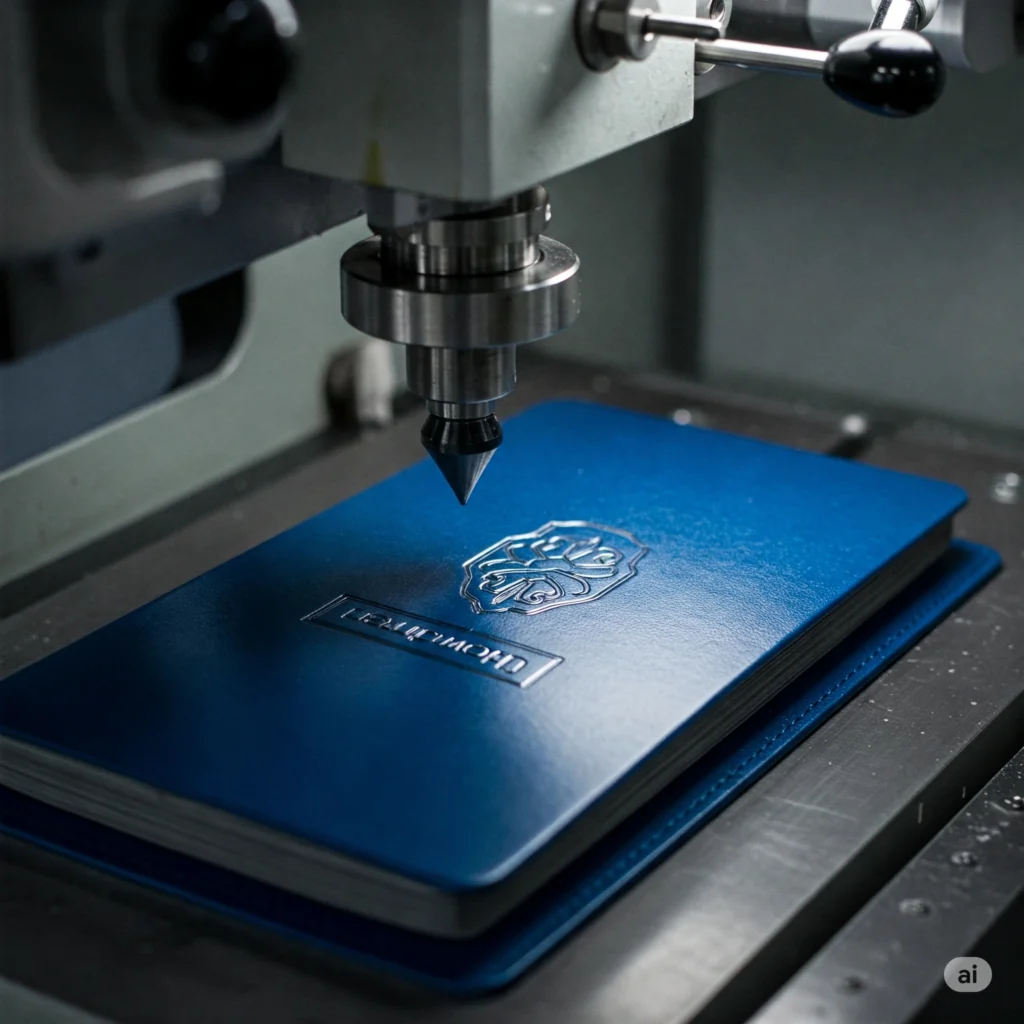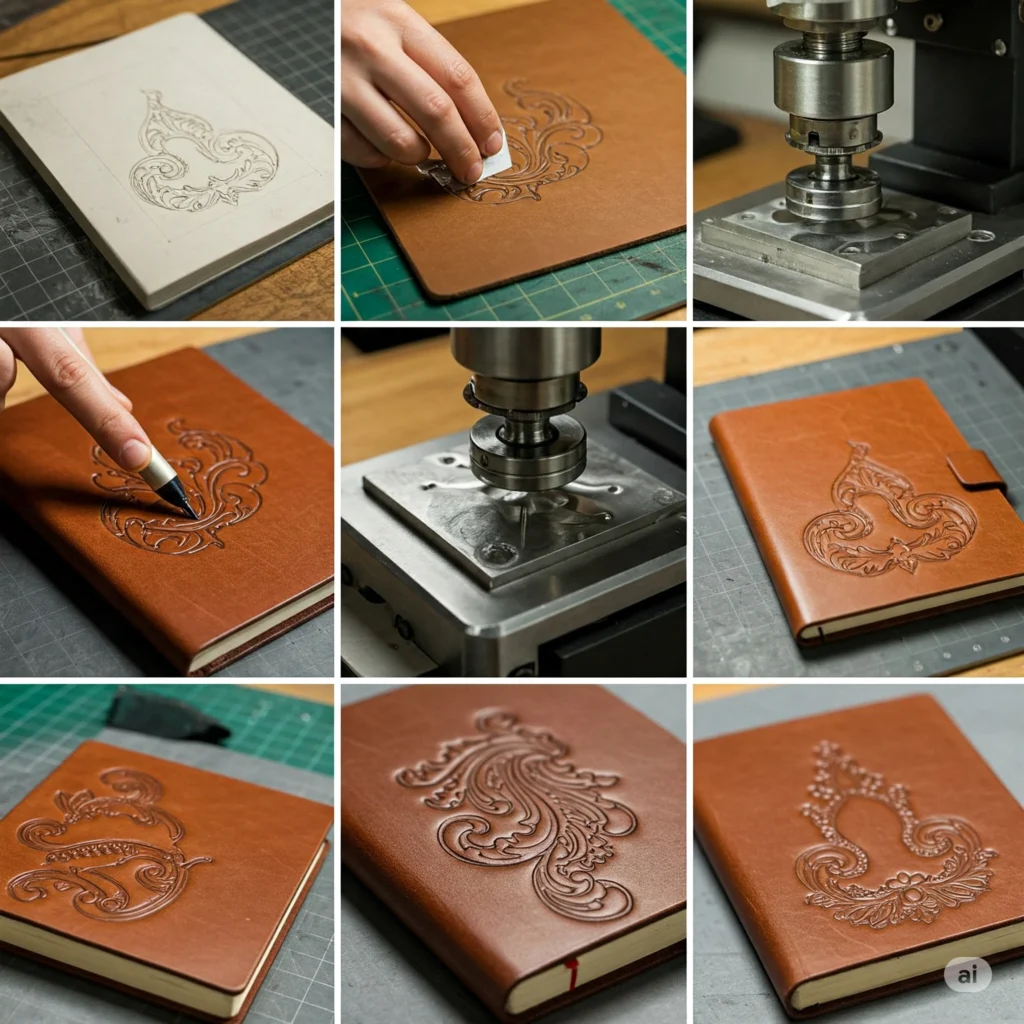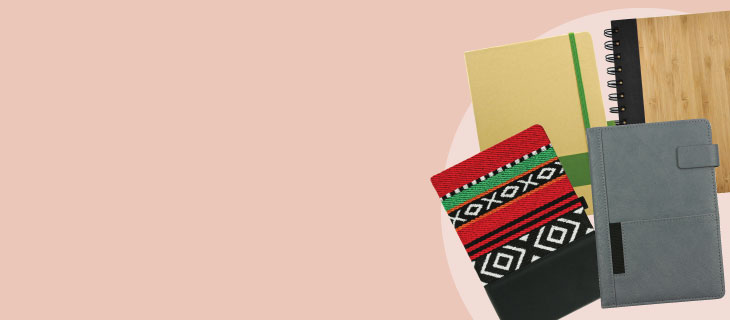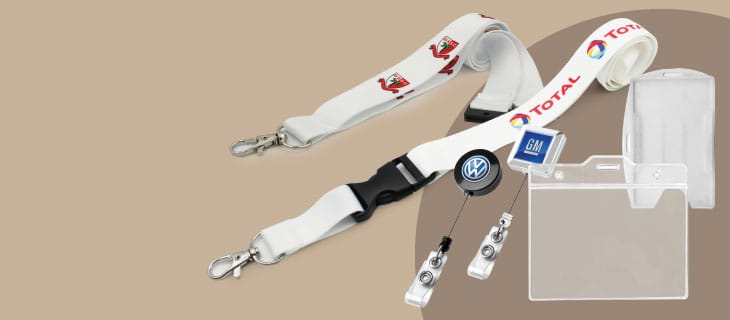
Enhancing Your Project with Elegant Textural Effects
Debossing / Embossing
Debossing and embossing are two common methods that can improve your design and give your items a hint of sophistication and elegance. In addition to adding a tactile element, these textural effects also produce an eye-catching appearance that can help your project stand out. The worlds of debossing and embossing will be examined in this post, along with their definitions, applications, and advantages.
Debossing and embossing are two common methods that can improve your design and give your items a hint of sophistication and elegance. In addition to adding a tactile element, these textural effects also produce an eye-catching appearance that can help your project stand out. The worlds of debossing and embossing will be examined in this post, along with their definitions, applications, and advantages.
Pressing a design or lettering into a material to produce a depressed (or sunken) look is known as debossing. This method is frequently applied to materials like cardboard, leather, and paper to give the design a refined and understated look. In order to produce debossing, a heated metal die is pressed into the material, creating an indented impression.
Debossing is frequently utilized in a variety of applications, including invitations, stationery, business cards, and packaging. It is a well-liked option for people who want to give their projects a dash of elegance and class. Debossing can improve the design’s overall appearance and feel by producing a delicate and tactile texture that makes it more aesthetically pleasing and memorable.
In contrast, embossing is the act of pressing a substance from below to create an elevated design. This method gives the design depth and texture by producing a three-dimensional look. Embossing is a flexible choice for designers because it may be done with or without color to create various effects.
Applications for embossing include labels, packaging, wedding invitations, and business cards. It is a common option for emphasizing particular design components, including patterns, typography, or logos. Adding a raised effect by embossing can enhance the design’s visual appeal.
What is Debossing?
Pressing a design or lettering into a material to produce a depressed (or sunken) look is known as debossing. This method is frequently applied to materials like cardboard, leather, and paper to give the design a refined and understated look. In order to produce debossing, a heated metal die is pressed into the material, creating an indented impression.
Debossing is frequently utilized in a variety of applications, including invitations, stationery, business cards, and packaging. It is a well-liked option for people who want to give their projects a dash of elegance and class. Debossing can improve the design’s overall appearance and feel by producing a delicate and tactile texture that makes it more aesthetically pleasing and memorable.
What are the Benefits of Debossing?
- Incorporates a tactile component into the design
- Produces a refined and exquisite appearance.
- Increases the project’s overall visual appeal
- Creates an air of exclusivity and elegance
- Enables customisation and customization
What is Embossing?
In contrast, embossing is the act of pressing a substance from below to create an elevated design. This method gives the design depth and texture by producing a three-dimensional look. Embossing is a flexible choice for designers because it may be done with or without color to create various effects.
Applications for embossing include labels, packaging, wedding invitations, and business cards. It is a common option for emphasizing particular design components, including patterns, typography, or logos. Adding a raised effect by embossing can enhance the design’s visual appeal.
What are the Benefits of Embossing?
- Produces a three-dimensional impression that gives the design depth.
- Increases the design’s visual impact and attention-grabbingness
- Gives the project more tactile appeal and texture.
- Improves the design’s overall appearance and feel.
- Enables the creation of unique and imaginative effects
Debossing & Embossing Service in Promotional Gift Products
Are you trying to figure out how to differentiate your promotional gift items from the competition? For you, debossing and embossing services can be the ideal answer! These methods give your products a hint of refinement and elegance, which helps your buyers remember them. The advantages of debossing and embossing services in promotional gift items and how they can improve your brand will be discussed in this article.

Benefits of Debossing and Embossing in Promotional Gift Products
- Improved Brand Image: Adding debossing and embossing to your promotional gift items gives them a high-end appearance and feel while also adding a hint of elegance and sophistication. This might help you stand out from the competition and improve the perception of your brand.
- Enhanced Perceived Value: Customers may view your products as having greater value due to the tactile feel of debossed and embossed designs, which can convey a sense of exclusivity and quality.
- Long-lasting impact: Customers will see your brand message for a long time, leaving a lasting impact thanks to the durability of debossed and embossed designs.
- Options for Customization: You may build distinctive designs that express your brand identity and message with the great degree of customization that debossing and embossing offer.
- Versatility: There are countless opportunities for imaginative branding because these methods may be used on a variety of promotional gift items, including as journals, notebooks, bags, and keychains.
Finally, debossing and embossing are two flexible methods that can improve the visual attractiveness of your projects. These textured effects can help you achieve the style you want, whether you want to create a spectacular design or add a touch of refinement. Therefore, for a genuinely remarkable outcome, think about using debossing and embossing in your design the next time you want to leave a lasting impression.
Discover how to add textural effects to your project by mastering the techniques of embossing and debossing. Use these advanced methods to elevate your design.





